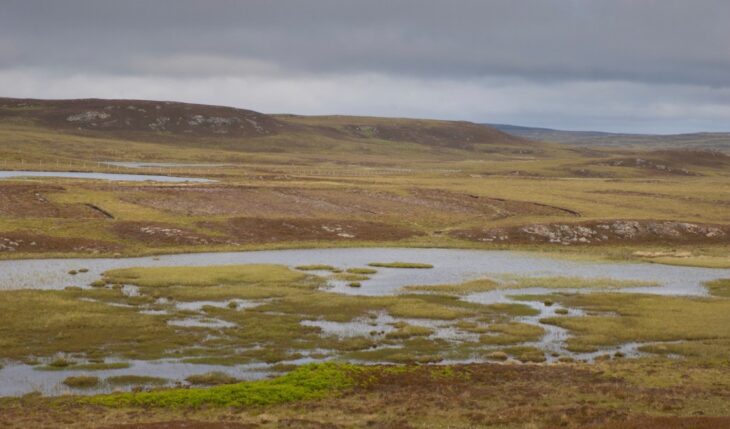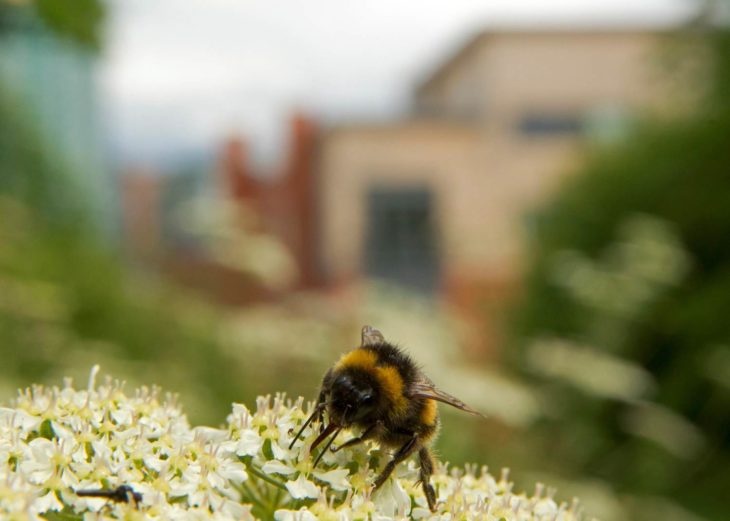Why Scotland needs a strong response to the climate emergency
Public concern about climate change has never been higher and the need for action never more urgent. The school strikes and actions of Extinction Rebellion, combined with irrefutable evidence and advice from the UK Commission on Climate Change and international bodies like IPBES and the IPCC have pushed environmental policy rapidly up the political agenda.
The Scottish Government was quick to respond with the First Minister declaring a climate emergency at last month’s Scottish National Party conference (only weeks after a motion to do so was not supported in the Scottish Parliament).
The Scottish Government then agreed to amend the Climate Change Bill to make our targets more stringent and to reduce Scotland’s emissions to net-zero by 2045 – five years ahead of the UK’s target to do so.
The UK Commission on Climate Change explains that a net-zero target requires deep reductions in all greenhouse gas emissions, with any remaining sources offset by removals of CO? from the atmosphere (for example by planting more trees). Net emissions (total emissions less the amount of these removals) must be reduced by 100%, to zero.
This was followed last week by the statement from Roseanna Cunningham, the Cabinet Secretary for the Environment, Climate Change and Land Reform, setting out Scotland’s response to the emergency.
The increased political momentum in facing up to our responsibilities to tackle climate change is welcome but must be followed up with the right policies and investment to address the causes at source. It was encouraging that Roseanna Cunningham outlined a lot of the issues that the Scottish Wildlife Trust has already been highlighting as central to addressing climate change. However, what we urgently need now is to see pledges turned into action.
If parliament agrees the amendments to the Climate Change Bill, then the Scottish Government has indicated that it will update Scotland’s Climate Change Plan within six months of the bill receiving Royal Assent.
The process of updating this plan is still not clear but it must involve proper consultation with all stakeholders and ultimately a well thought out series of actions, with clear timescales that can deliver on our new targets.

For our part, the Scottish Wildlife Trust will be pushing hard to ensure that the government fully appreciates the value of natural climate solutions – such as restoring peatlands, planting more trees, allowing natural regeneration of woodland, and enhancing the capacity of the marine environment to store carbon. All of these need to be key ingredients of the plan. Of course, they must also be backed by measures to change behaviour, reduce emissions from industry and agriculture, and halt our reliance on fossil fuels.
It appears that the Scottish Government has also committed to a root and branch review of all existing policy areas to see where we can go further and faster. The Trust will be highlighting that this review must include the existing Economic Strategy and it will require a more radical approach to forestry, the rural economy, renewable energy, transport, land use planning and urban design.
With the government still considering the remit of the Scottish National Investment Bank (SNIB), there is a massive opportunity to make this integral to de-carbonising our economy and facilitating investment in green and blue infrastructure that are the natural solutions to climate change. In a climate emergency, SNIB must focus on prioritising projects that deliver mutual and significant benefits in environmental, economic and social terms, making the transition to a low carbon economy fair for all.
The announcement that the review of the next National Planning Framework will look at how it can support climate change goals is also welcome. This needs to result in a planning system that can deliver effective green networks at scale (the National Ecological Network) and other natural climate solutions speedily and efficiently in both urban and rural areas.

A summit to discuss what needs to be done seems an obvious step, but at the moment the commitment to have one with industry alone seems a missed opportunity. The Cabinet Secretary was right to point out that “We all have a part to play: individuals, communities, businesses, other organisations” and all of these stakeholders should be involved in the summit.
This will help to get different perspectives and ultimately wider agreement as to what needs to be done. In fact, the new plans for the Citizens’ Assembly should also ensure that its remit extends to the environment and climate change.
The Scottish Government has certainly taken encouraging first steps and the approach set out in the Cabinet Secretary’s speech is to be commended. However, if Scotland is to deliver on meeting IPBES’s calls for transformative change, there is still much to be done.
The Scottish Wildlife Trust will be working hard to assist government in turning good intentions into the actions that will deliver net-zero emissions by 2045, accompanied by healthy ecosystems and thriving species.
Dougie Peedle, Head of Policy
Further reading
Help protect Scotland’s wildlife
Our work to save Scotland’s wildlife is made possible thanks to the generosity of our members and supporters.
Join today from just £3 a month to help protect the species you love.
Preface
Public concern about climate change has never been higher and the need for action never more urgent. The school strikes and actions of Extinction Rebellion, combined with irrefutable evidence and …
